
The ZX Spectrum is an 8-bit home computer developed and marketed by Sinclair Research. It is one of the most influential computers ever made, and it is also one of the best selling computers ever, with over five million units sold. It was first released in the United Kingdom on 23 April 1982, and around the world in the following years, most notably in Europe, the United States, and Eastern Bloc countries.

Gauntlet II is a 1986 arcade game produced by Atari Games that serves as the immediate sequel to the original Gauntlet, which was released the previous year. Like its predecessor, Gauntlet II is a fantasy-themed top down dungeon crawler game and was released as a dedicated cabinet, as well as a conversion kit, both available in 2-player and 4-player versions.

Knight Lore is a 1984 action-adventure game developed and published by Ultimate Play the Game, and written by company founders Chris and Tim Stamper. The game is known for its use of isometric graphics, which it further popularized in video games. In Knight Lore, the player character Sabreman has forty days to collect objects throughout a castle and brew a cure to his werewolf curse. Each castle room is depicted in monochrome on its own screen and consists of blocks to climb, obstacles to avoid, and puzzles to solve.

Pentagram is a ZX Spectrum and MSX video game released by Ultimate Play the Game in 1986. It is the fourth in the Sabreman series, following on from his adventures in Sabre Wulf, Underwurlde and Knight Lore. Similarly to Knight Lore it uses the isometric Filmation engine. The game was written by either Tim and Chris Stamper or a U.S. Gold programming team.

Tau Ceti is a video game published in 1985 by CRL for the ZX Spectrum and converted to the Amstrad CPC, Amstrad PCW, Atari ST, Commodore 64, and MS-DOS. It was designed and programmed by Pete Cooke. The world, set on Tau Ceti III orbiting Tau Ceti, is displayed using 3D graphics with shadow effects. The planet has a day and night cycle.

Welltris is a puzzle video game, developed by Doca and licensed to Bullet-Proof Software. It is an official game in the Tetris series. Adaptations were made by Sphere, Inc., for Spectrum HoloByte, and by Infogrames. It was released for MS-DOS compatible operating systems in 1989. Ports for Macintosh, Amiga, Amstrad CPC, and Atari ST followed 1990, then ZX Spectrum and Commodore 64 1991.

Fairlight is an isometric projection arcade adventure video game developed by Bo Jangeborg and Jack Wilkes and released in 1985 on Softek's The Edge label. Developed in seven months, Jangeborg created the "Worldmaker" graphic development system to replicate the Filmation system used by Ultimate's Knight Lore. The game used code from a graphics utility he had developed in 1983, called Grax, which had also been the foundation of graphics package The Artist, published on Softek's SofTechnics label. Jack Wilkes contributed art assets towards the game, including enemy sprites and the title screen. A sequel, Fairlight II, was released in 1986.
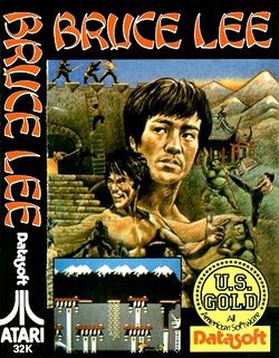
Bruce Lee is a platform game written by Ron J. Fortier for the Atari 8-bit family and published in 1984 by Datasoft. The graphics are by Kelly Day and music by John A. Fitzpatrick. The player takes the role of Bruce Lee, while a second player controls either Yamo or alternates with player one for control of Bruce Lee.

Dark Sceptre is a strategy adventure video game by Mike Singleton's design team Maelstrom Games, for Beyond Software. It was published by Firebird Software for the ZX Spectrum in 1987 and for the Amstrad CPC in 1988.
Edge Games, Inc. is an American video game developer and publisher headquartered in Pasadena, California, best known for the practices of its founder and chief executive officer, Tim Langdell, in enforcing trademarks relating to the word "edge", which sources have described as "litigious".

WEC Le Mans, known as WEC Le Mans 24 in Japan, is a racing simulation video game released in arcades by Konami in 1986. It was the first racing video game to depict the 24 Hours of Le Mans World Endurance Championship (WEC). The Lap of Le Mans is split up into three sections, during which the time of day changes from day to dusk, dusk to night, and night to dawn.
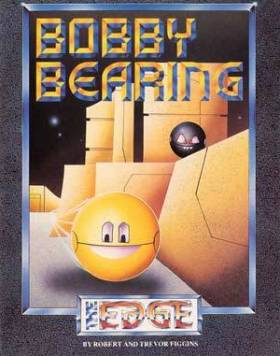
Bobby Bearing is an isometric action-adventure game released by The Edge in 1986 for the Sinclair Spectrum. It was ported to the Amstrad CPC and Commodore 64 by Trevor Inns.
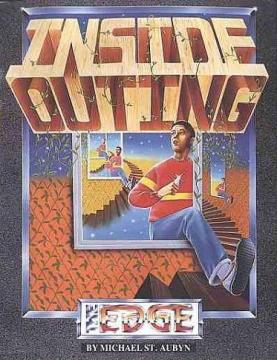
Inside Outing is an isometric action-adventure game released by The Edge in 1988 for the ZX Spectrum, Amstrad CPC and Commodore 64. In 1989, it was released for the Atari ST and Amiga with the title Raffles with the 8-bit versions re-released with this name. It was released in the U.S. by Epyx as Devon Aire in the Hidden Diamond Caper.

Heartland is a platform game for the ZX Spectrum, Amstrad CPC, and Commodore 64 released by Odin Computer Graphics in 1986.

Light Force is a 1986 vertically scrolling shooter designed by Greg Follis and Roy Carter, developed by their company Gargoyle Games, and published under their Faster Than Light imprint. It was released for the Amstrad CPC, Commodore 64, and ZX Spectrum platforms.
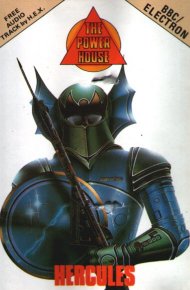
Hercules is a platform video game written by Steve Bak for the Commodore 64 and published by Interdisc in 1984. It was reissued in 1986 by Alpha Omega and ported to the Acorn Electron, BBC Micro, Commodore 16, Plus/4, and ZX Spectrum. Alpha Omega changed its name to The Power House shortly after publishing the game.

Silicon Dreams is a trilogy of interactive fiction games developed by Level 9 Computing during the 1980s. The first game was Snowball, released during 1983, followed a year later by Return to Eden, and then by The Worm in Paradise during 1985. The next year they were vended together as the first, second and last of the Silicon Dreams.

Monopoly is a 1985 multi-platform video game based on the board game Monopoly, released on the Amiga, Amstrad CPC, BBC Micro, Commodore 64, MS-DOS, MSX, Tatung Einstein, Thomson MO, Thomson TO, and ZX Spectrum. Published by Leisure Genius, this title was one of many inspired by the property.
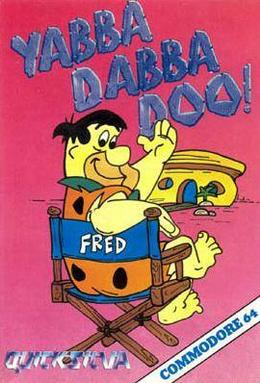
Yabba Dabba Doo! is a 1986 video game developed by British studio Taskset and published by Quicksilva for the Amstrad CPC, Commodore 64 (C64), and ZX Spectrum. It is based on the television series The Flintstones and is the first Flintstones video game.
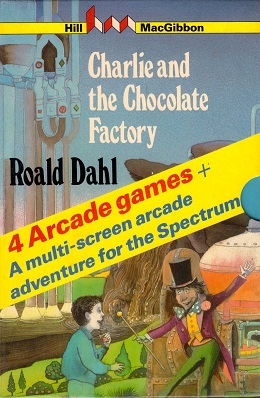
Charlie and the Chocolate Factory is a 1985 video game developed by British studio Soft Option and published by Hill MacGibbon. It was released in the United Kingdom for the ZX Spectrum. It is loosely based on Roald Dahl's 1964 book of the same name, and consumers had the option of buying the game and book as a set.



















